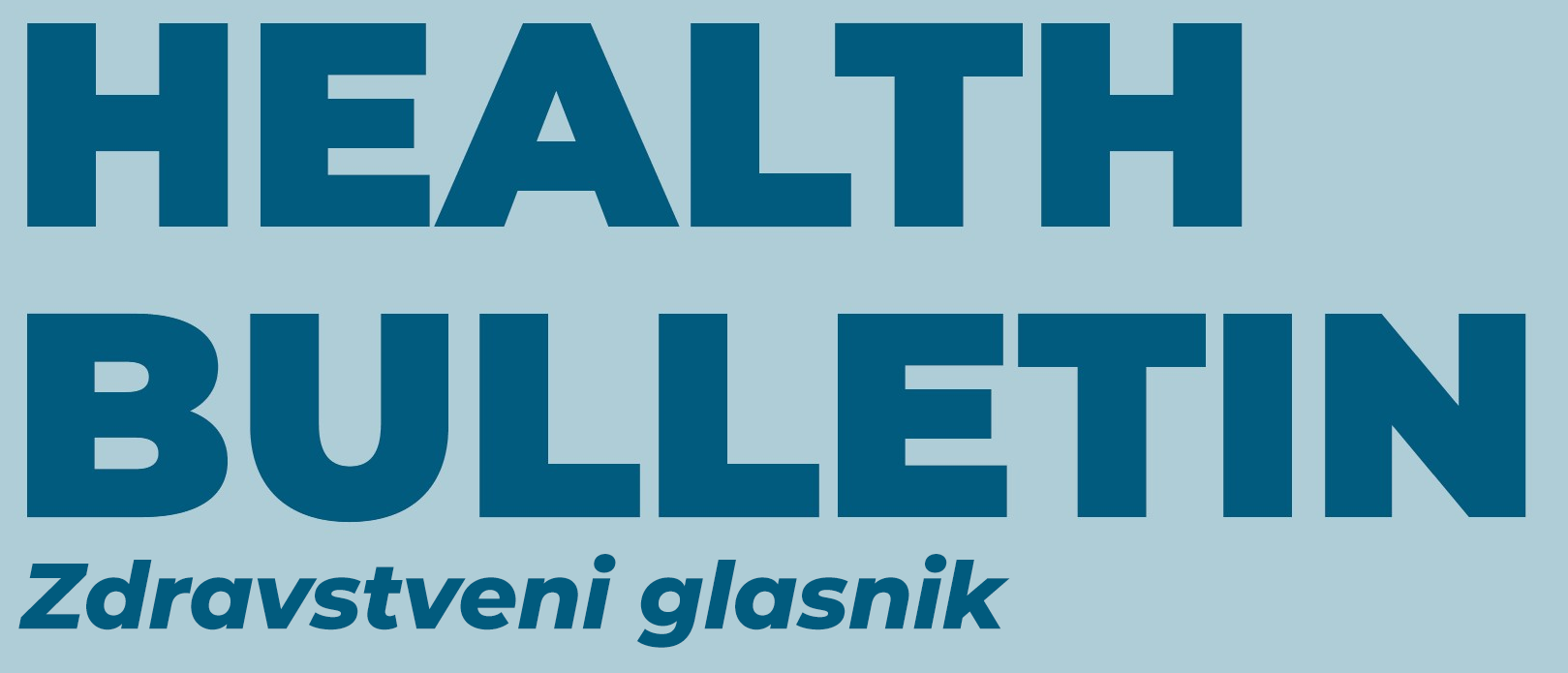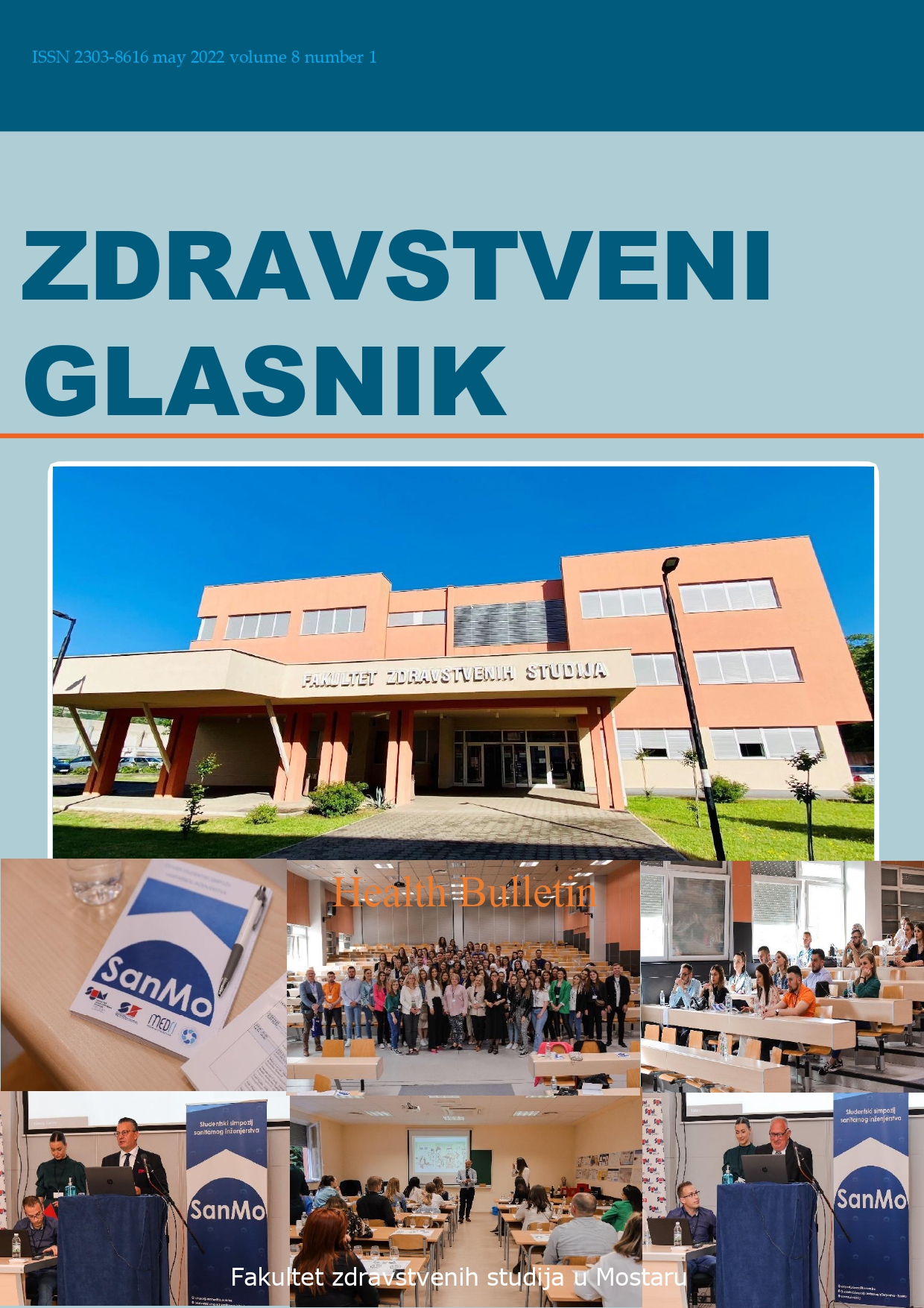DOWN SYNDROME IN THE REGION OF WESTERN HERZEGOVINA IN A FIVE-YEAR PERIOD-INCIDENCE DYNAMICS
Keywords:
down syndrome, incidence, western HerzegovinaAbstract
Introduction: Down syndrome (DS) is the most common chromosomal abnormality in the newborn
population of children in the region of western Herzegovina (zH). By monitoring the incidence over
decades in this region, we have increased our understanding of both the health and sociocultural
standards in approaching children with this particular syndrome.
Objective: The objective of this five-year analysis was to gain insight into the basic epidemiological
characteristics of newborns with DS in the period from 2016 to 2020.
Subjects and methods: We conducted a retrospective analysis of hospital documentation at the Clinic
for Pediatrics of the University Clinical Hospital Mostar. The subjects were children with Down
syndrome.
Results: There were 8851 live births in the given period in the zH region and 15 live births with DS. The
incidence of DS for this period is 1.69 / 1000 newborns. Aborted and stillbirths were not included in the
analysis. There were seven boys (47%) and eight girls (53%). All children were cytogenetically
analyzed, all were regular type trisomy 21. Nine mothers (60%) were older than 35 years of age. Major
malformations (MM) were found in all newborns, the most common being malformations of the
cardiovascular system (67%). Six (40%) had more than six characteristic minor stigmas (mM). There
were 80% of children born after 37 weeks of gestation, and 87% of mothers had a normal pregnancy. In
93% of infants with DS the postnatal outcome was normal. Fatal outcome was noted in only one
newborn.
Conclusion: The prevalence of DS in the region of western Herzegovina over the last five years is
slightly lower than in the previous decade. It is slightly higher than in the western regions of the
European Union. Better perinatal care and good outcomes of children with DS have optimized and
humanized access to a newborn with DS.















